Hi all, 
Welcome to our fourth blog entry for the Save the Bees Challenge. We have been busy getting up and running with the boards, which was really smooth and testing our first program for open/close reed detection. And we have to say, the first look at the data looks really encouraging (and we talk about their interpretation in the next blog!
Running the device:
The offline Ardunio IDE recognized the boards without any issues and needed drivers have been installed automatically.
MKR WAN 1310 Board:
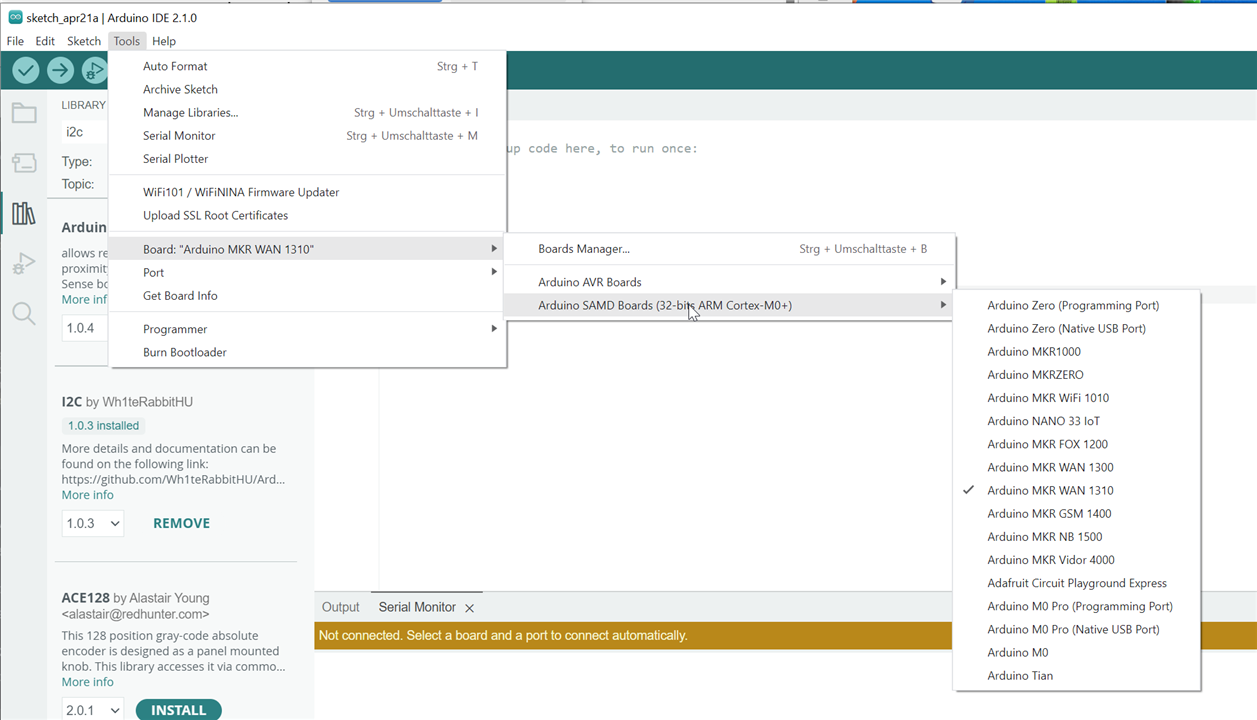
Nicla Vision:
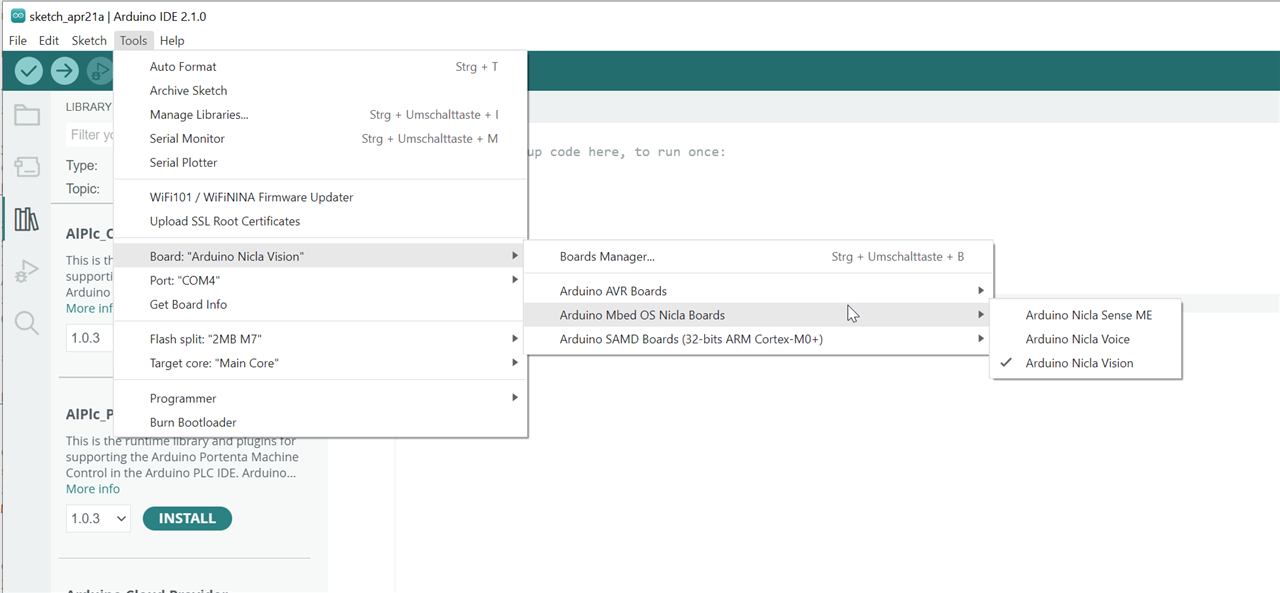
Also the IDE from the Nicla Vision was smooth, plug it in the PC and you see a drive with a README file. Go to website install IDE. Done, after firmware has been updated.
The only thing that threw me off was the icons to connect the board , funny design
This one means board is not connected an can be connected:

And this one the board is connected ,
i would have guesesd the other way arround
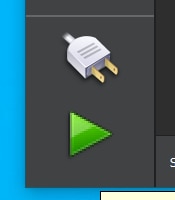
Yikes :) But we managed
First field test - taking sample images and videos:
After the initial setup, we went in the garden and finally found some action ongoing at the nest
Yay, spring is here and the newly adult bees are leaving the nest to find some food (pollen, nectar, water) and mate. They may then choose another nest further away, but if they find everything nearby, they likely come back to their reed or one nearby, and start the cleanup. Here is one video sample of the many images we took:
The nest has two open extremes, and in the one with more shadow there was little bee activity, but still good enough to capture a sample of the video feed we want to analyze. In the other direction, the one with more sun, the bees were all hatching and leaving the nest or coming back to the nest.
Once done, we tried the blob detection to recoginze a bee, like in the example with the and
.
But no chance, we were not able to extract a proper tuple dataset to recogize them.
The bees are very hard to distguish from the bambo reed background.
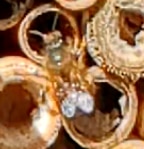
Thus, blob detection is somehow out of the picture, but it still might be good enough to detect open and close reeds.
Our next shoot was to go with the Image Classification with Edge Impulse®
For that we had to upload a couple of pictures and videos to the platform and manual tell the system how an bee, open and closed reed looks like.
We teached more than 80 pictures to hopefully improve the recoginztion rate.
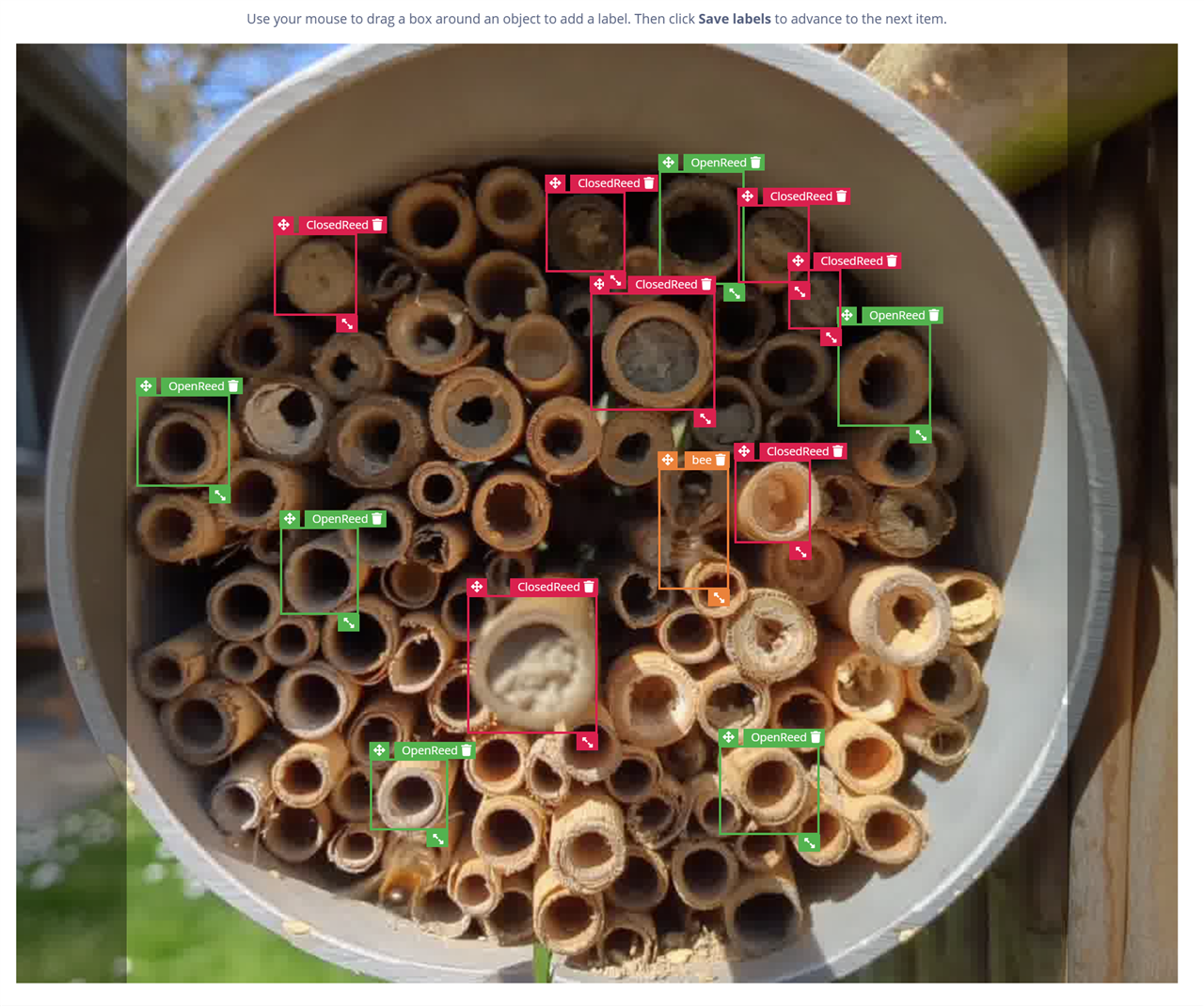
We were trying different models for the Neural Network Training.
The one with the best results was so far the FOMO MobileNetV2 0.35

Based on that result we should be able to detect open and closed reeds kind of reliable.
Also the inferencing time would be too high to detect all moving bees.
So with a bit of playing around with the parameter we got this time down to 394ms

We also tried theMobileNetV2 FPN Lite model but it seems that this one has a lower detection rate

We are super excited with the first results.
In our next blog, we show the results of the first run and we interpret what they could mean in biological terms and for research in ecology.
We will skip the pseudo code and share the python code directly.
Stay tuned
Bye

